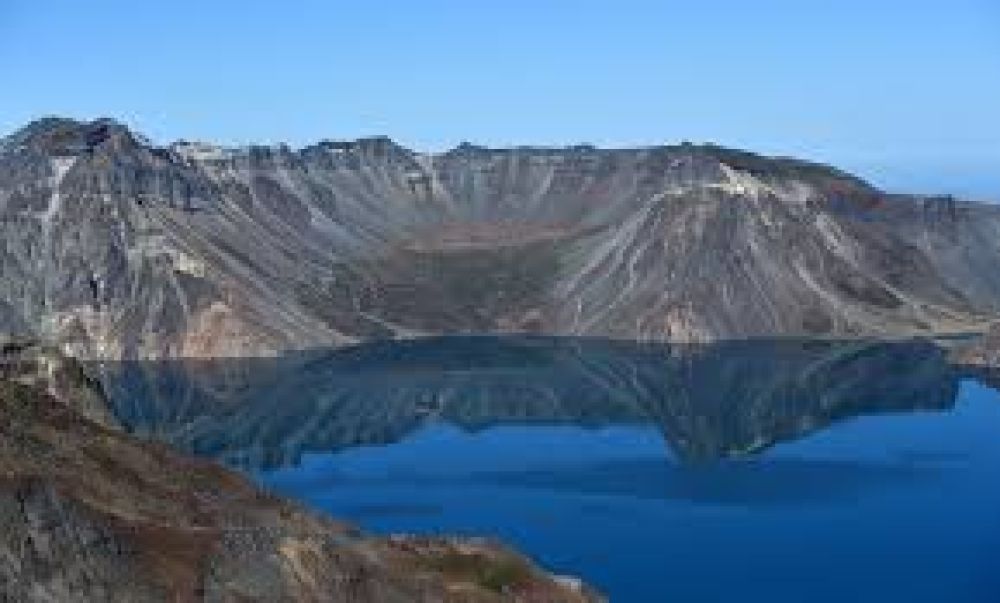

The food history in the region around Janggun Peak in Samjiyon, North Korea, is deeply intertwined with its rugged mountain terrain and harsh winters. Traditional cuisine in this area has been influenced by the need to preserve food and maintain a satisfactory nutrient intake in a climate that is typically cold and challenging for agriculture. As such, the food often includes preserved items like kimchi and dried vegetables as well as hearty dishes that provide a lot of energy.
The use of local ingredients such as roots, mushrooms, and grains exemplifies the adaptability of residents to their environment. Unlike other regions of Korea, due to historical isolation and the challenging climate, the cuisine here is simpler and tends to focus on the essential flavors and sustenance provided by the available local ingredients.
Given the limited availability of specific restaurant information in the Janggun Peak, Samjiyon area due to North Korea's restrictions on information and travel, it's challenging to provide a list of top restaurants and their addresses. Moreover, North Korea's dining establishments may not be well-documented or accessible for typical tourist experiences. Visitors to the region generally have their meals arranged through state-run tour groups at government-approved locations. These establishments typically offer local specialties and provide a taste of North Korean cuisine as part of the travel experience.
When visiting Janggun Peak, dining experiences are more likely to be unique and tailored to the area's local produce and traditional cooking methods. Specialized dishes would usually highlight the region's ability to create flavorsome meals from basic, locally-sourced ingredients.